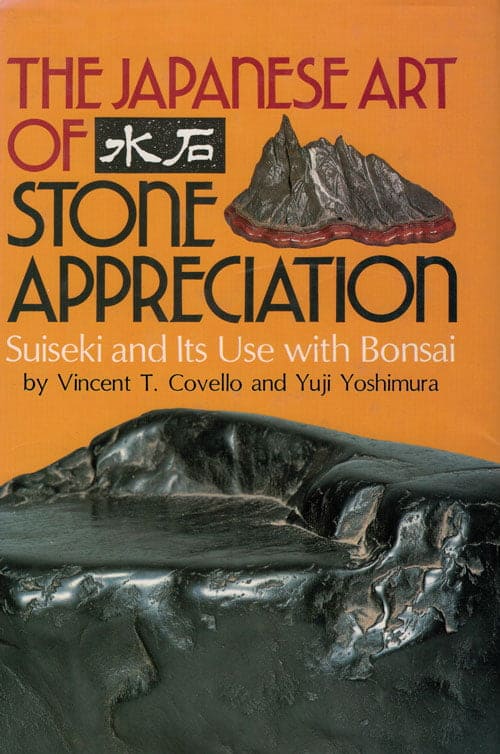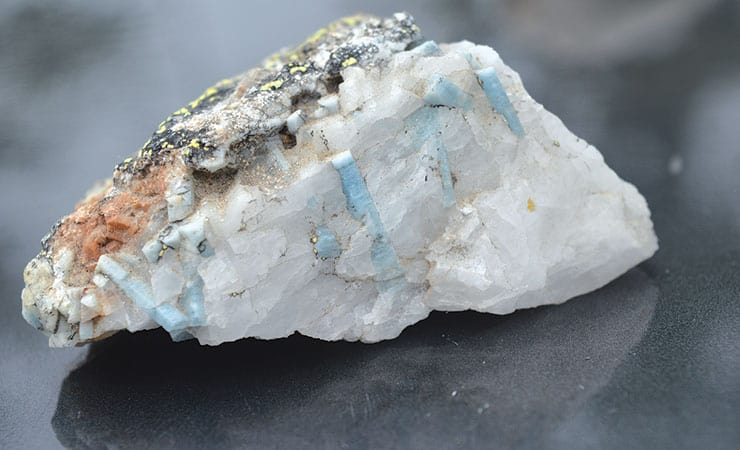Gongshi, suiseki, and suseok are not the latest food craze you missed out on because you were busy with your sourdough starter, they are ancient forms of the art of stone appreciation.

Gongshi translates as gong – spirit and shi – stone. Known in the west as scholar stones or viewing stones, they originated in China during the Han Dynasty beginning about 200 years BCE. The stones range in size from pebbles to over a metre tall. Most are sized to sit on a desk or table, the larger ones are outside in gardens. The most popular stones resembled mountains.
Admired stone qualities include: colour, shape, markings, texture and in some cases, sound. In early gongshi black was the favoured colour, thinness was in, as were wrinkles. Suggestiveness has always been the most important quality. The stone was not supposed to be an exact replica of something, but only suggest at that relationship. Some scholar stones are drilled, cut and polished to enhance their characteristics.
Suseok is the Korean equivalent of gongshi, beginning about the same time as the Chinese. Unlike gongshi, suseok stones can not be altered or cut in any way, they must be natural. The ultimate Korean stones were called ‘myungseok’, meaning masterpiece. Collectors only ever endeavoured to own one myungseok. They were known as one lifetime stones.
The Japanese art of suiseki did not begin until 600 AD. It rose to popularity around 1200 AD when the samurai warriors were in power. The samurai practiced Zen Buddhism and were attracted by subtle and austere stones that left more to the imagination. The power of suggestiveness was taken to new levels. To become one with the stone through meditation was to become enlightened. Some carried their prized stone with them when travelling.
The next renaissance in suiseki happened in the 1600-1800’s. Increased international trade led to a class of rich merchants and aristocrats in Japanese society. They admired the complex style of the early gongshi and combined it with bonsai. The two are used to enhance each other. The plant and the stone must be in harmony. Observing how trees and rocks interact in nature guides the artist in creating a balanced piece.
Suiseki is grouped according to shape, colour, surface pattern, and place of origin. In their definitive book “The Japanese Art of Stone Appreciation” Covello and Yoshimura explain how each of these groups are broken down further. Shapes can be either landscapes: mountains, waterfalls, islands, caves; or objects: animals, humans, buildings. Colours can range from black to rainbow. Origins are usually river names or mountain ranges where the stones are found.
Patterns feature plants, celestial objects, weather, or just abstract. One of the more unique patterns is the chrysanthemum rock. Elongate crystals of celestite, a strontium sulphate mineral, can grow in a pattern that suggests the flower of a chrysanthemum. These form in limestones in the deep ocean. Extreme pressure forces strontium out of the water to form crystals of celestite in the limestone. The crystals start from one pressure point and radiate outwards in petal shapes, some a few centimetres in size.
Usually only one of the groups is used in the stone name. Occasionally they are grouped on the basis of all four attributes and there are rules on the order they are listed. The collector gets to add a spiritual name at the end. Covello and Yoshimura give as an example: “Kamogawa River, pit mark pattern, jet black, distant mountain, Shangri-La”.
Some alteration of the natural stone is allowed in suiseki, generally limited to cutting a flat surface on the bottom of the stone so it can be set on a base. The base is known as a ‘dai’; it can enhance the beauty and presentation of a stone. Hardwoods such as walnut, cherry, teak and rosewood are preferred. There are many guidelines on how the dai should be sized and how the stone is positioned. If a stone is placed wrong it disturbs the spirit of the stone and brings misfortune to the owner.




